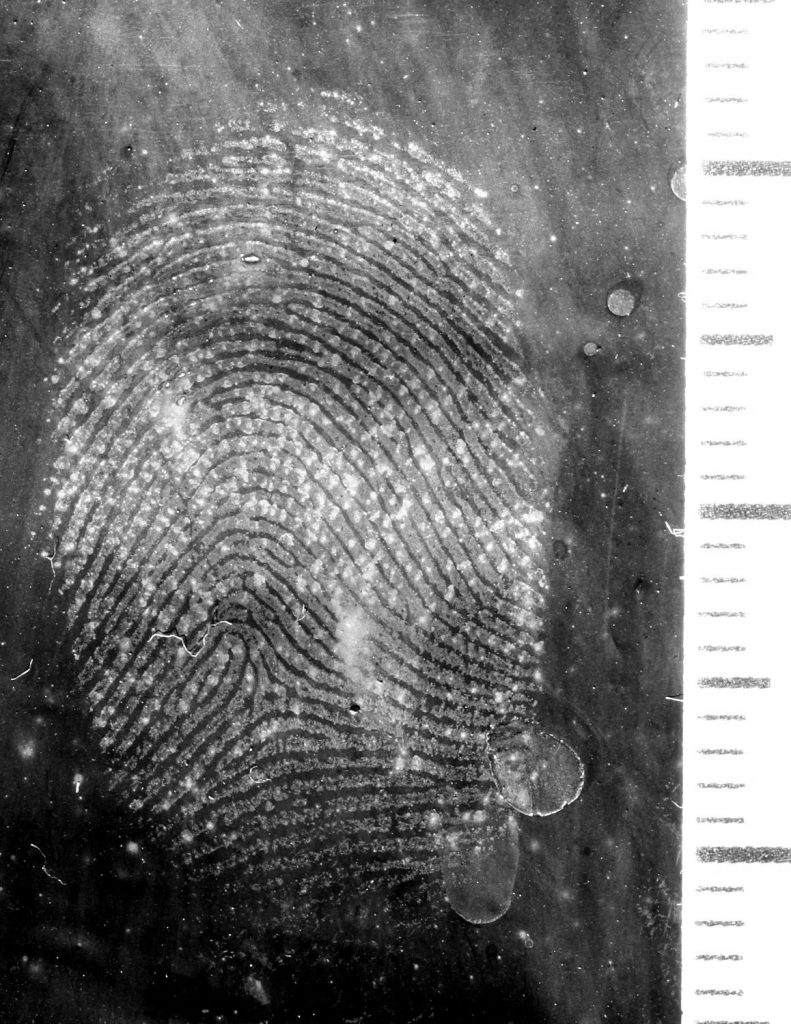Wet Powder Learning
NEW WAYS OF DEVELOPING LATENT PRINTS
- Direct using without mixing
- No health hazards
- Long shelf life
- Available in black or White
- DNA Analyze after developing
Here are some examples of how to use Wet Powder and which areas of use.

> Example of Blood print on plastic bag
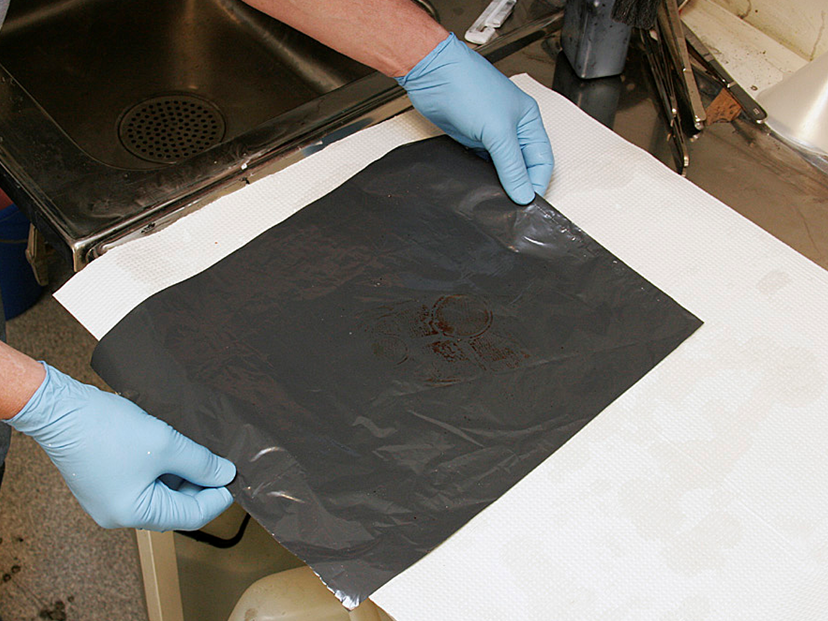
To develop a shoe print in blood on a black plastic bag.
It was found at a crime scene.
First, apply the White Wet Powder and Brush brush over the plastic bag
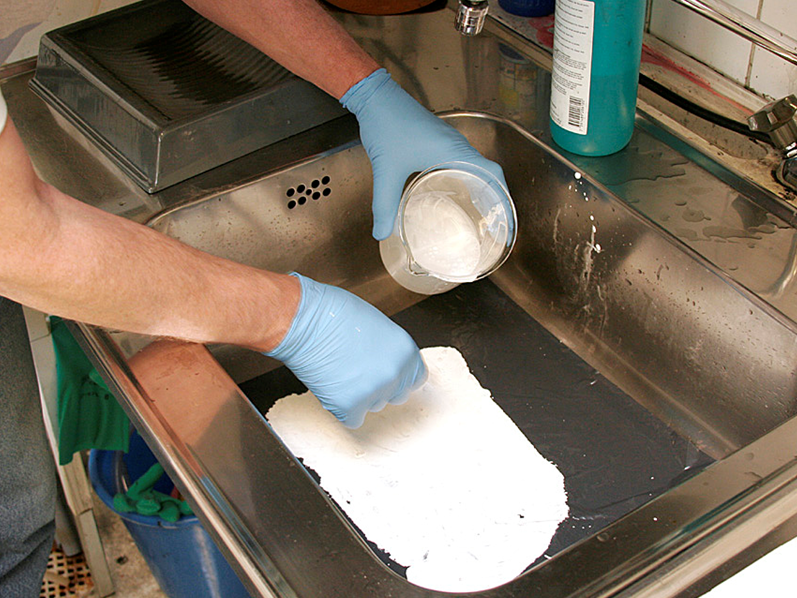

Directly after brushing the White Wet Powder, the surface was rinsed under running water.
The result of the white powder. The shoe print is clearly visible on plastic bags.
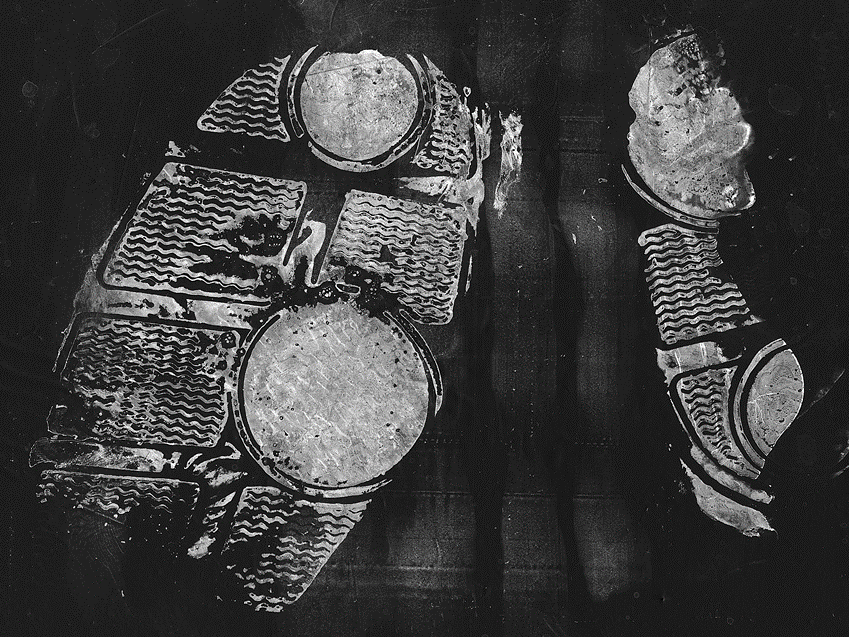
> Example of Blood print on aluminium foil

A shoe print in blood was found on wrinkled aluminum foil. Apply the White Wet Powder and Brush out over the wrinkled aluminum foil.
Directly after brushing the White Wet Powder, the surface was rinsed under running water.
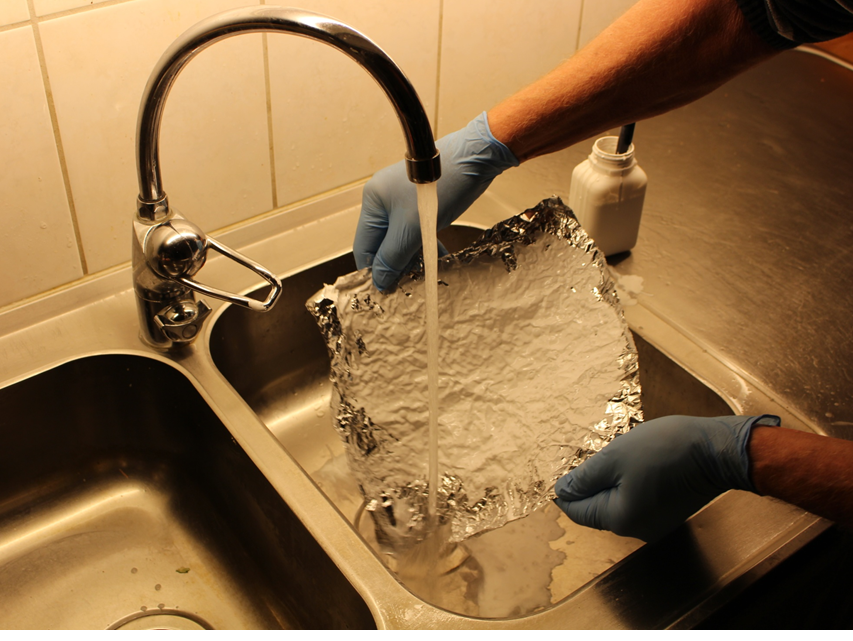
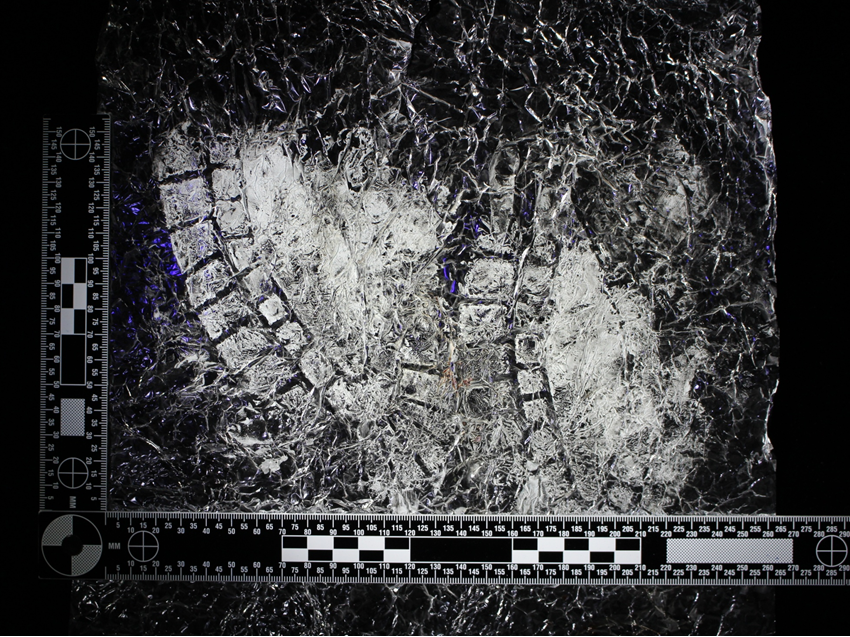
The result of the Wet Powder. The shoe print appears clearly on the wrinkled aluminum foil.
The developed print was photographed on the Photo Table using one white light source with a polarizing filter. The camera lens also had a polarizing filter.
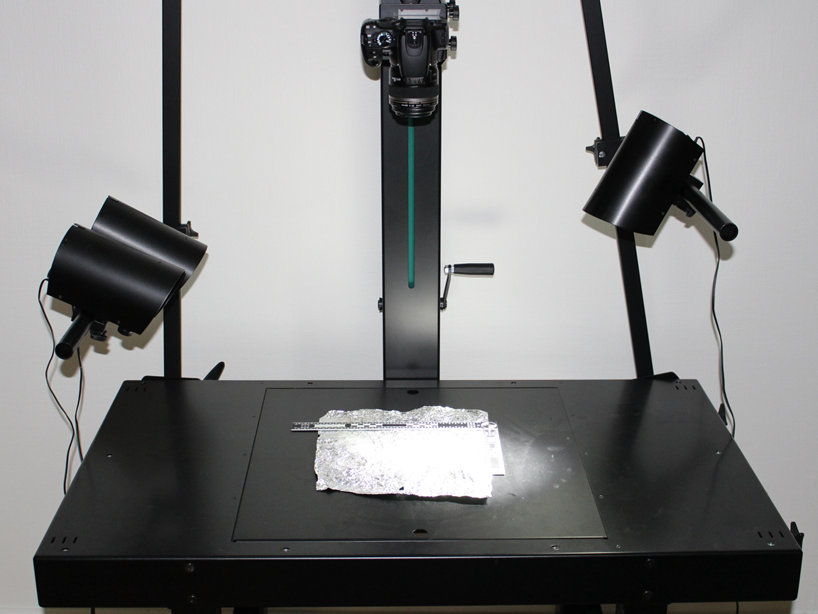
> Example of Lifting fingerprint from inside of nitrile glove

These Nitrile gloves can lift and preserve fingerprint impressions with great detail, and our experiments have shown that Wet Powder is effective in visualizing such impressions.
If the glove is turned inside out, you can lift and preserve fingerprint.
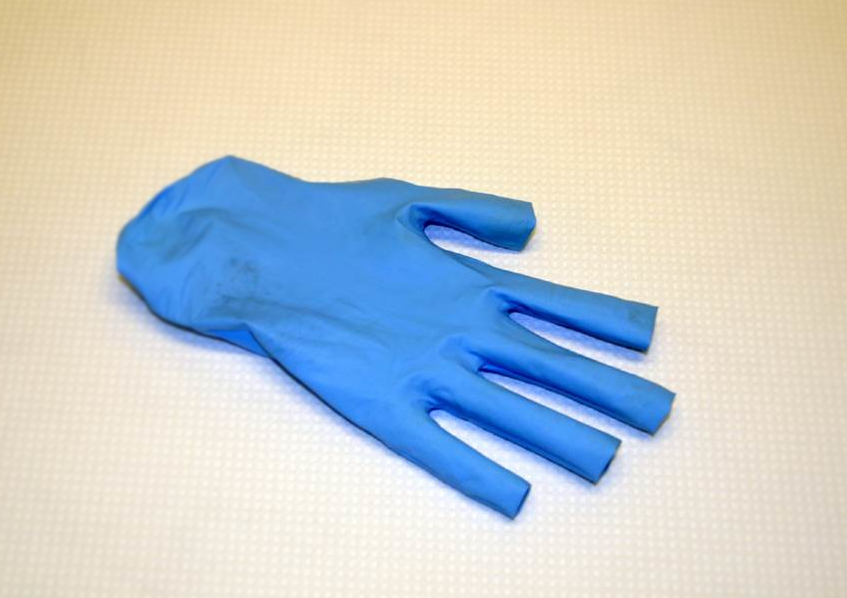
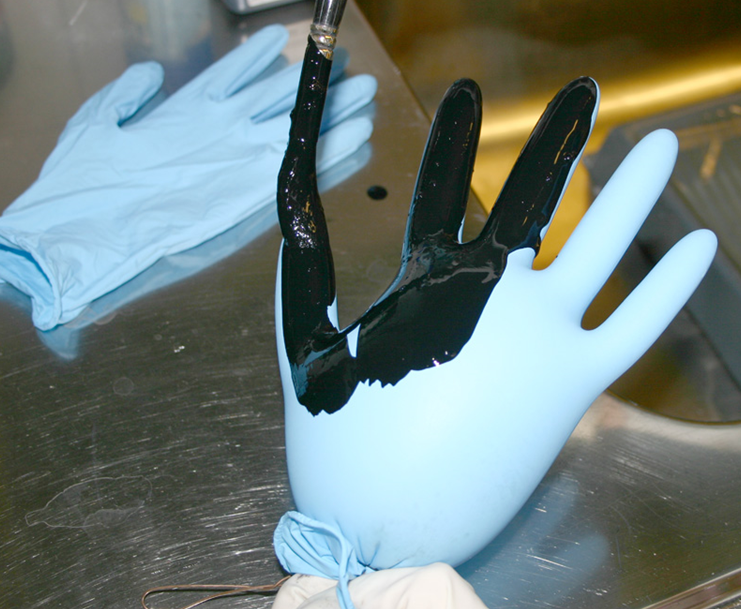
To apply the Wet Powder, you Can use an air pressure pistol to inflate the glove slightly. Apply the Wet Black Powder and Brush on the glove.
Directly after brushing the Black Wet Powder, the glove surface was rinsed under running water.
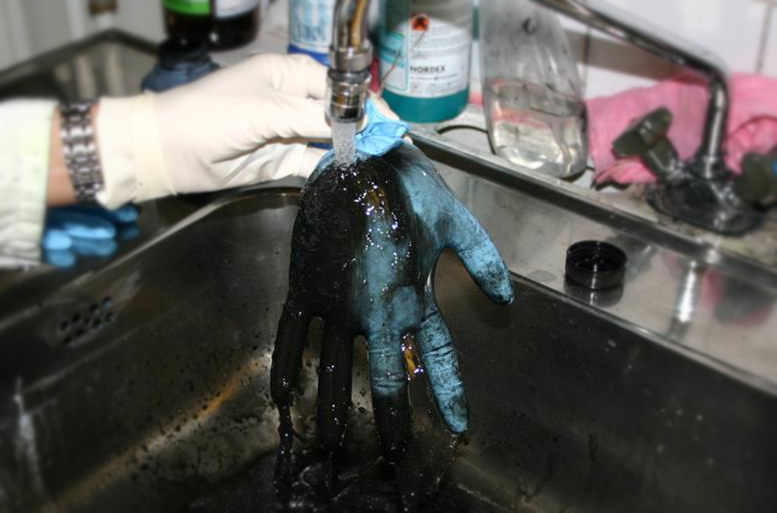
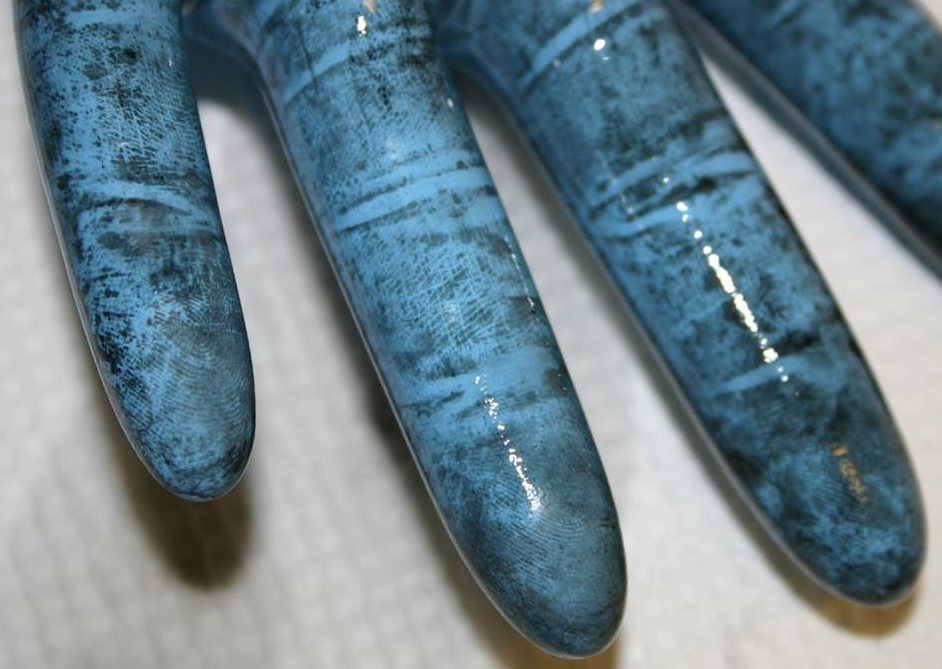
The result of the Wet Powder. The fingerprint on the glove impressions has great detail, and our experiments have shown that wet Powder is effective in visualizing such impressions.
Here is the fingerprint of the little finger from the inside of the glove.
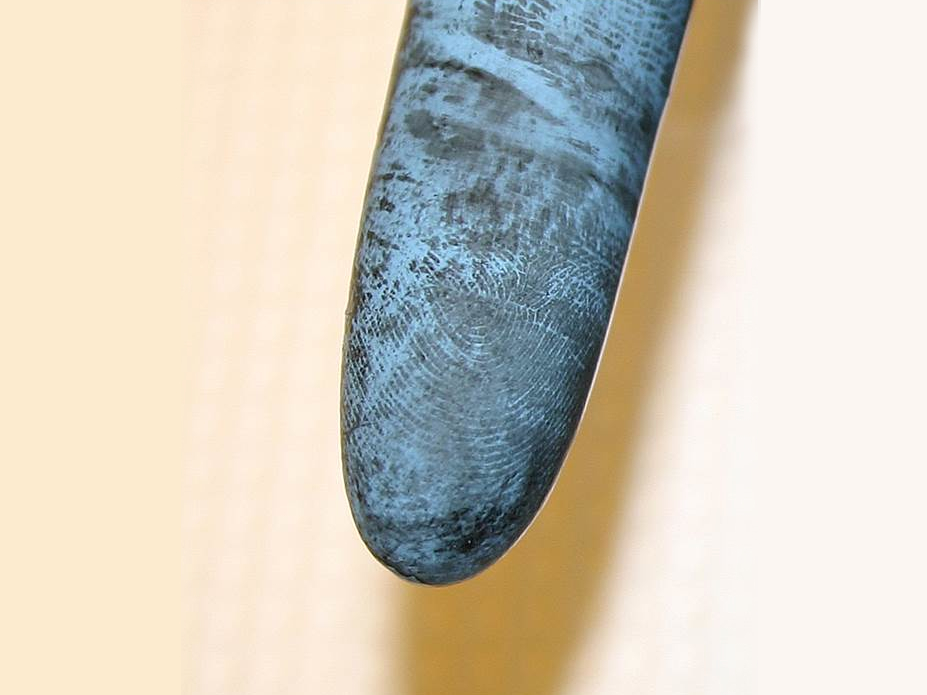
> Example of lifting fingerprints from adhesive plastic envelope on a parcel
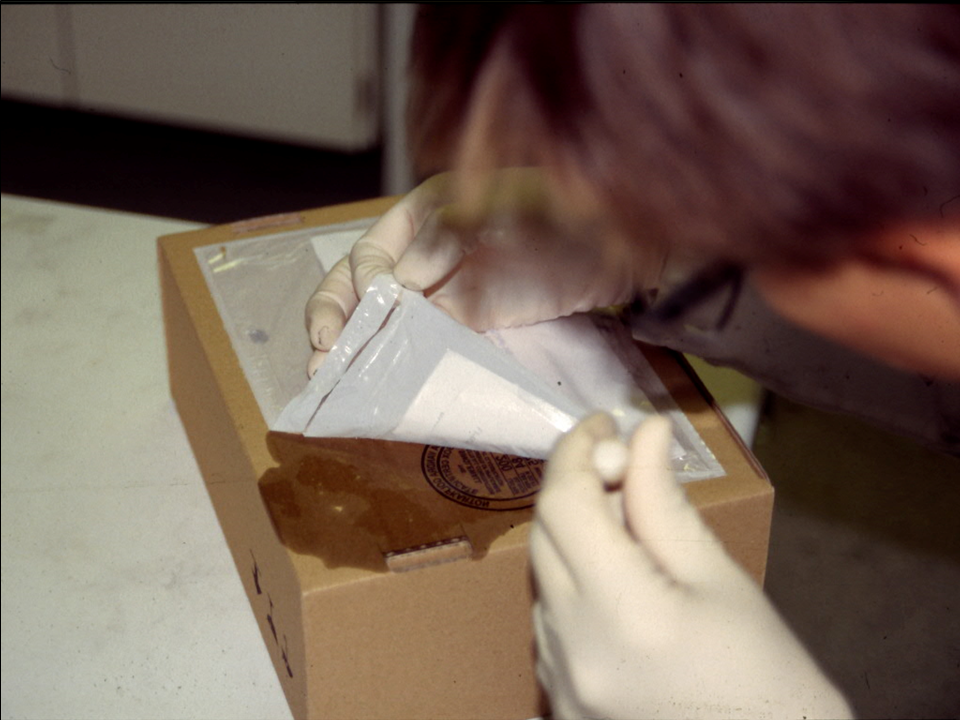
How to release tape and adhesive from paper without destroying fingerprints. Here is an example of how to do that. We first released the shipping documents from a cardboard box with Heptane.
After we have released shipping documents from the cardboard box with the heptane. Apply the Wet Black Powder and Brush on the Adhesive Envelope for shipping documents. Directly after brushing the Black Wet Powder, rinse the Envelope surface under running water.
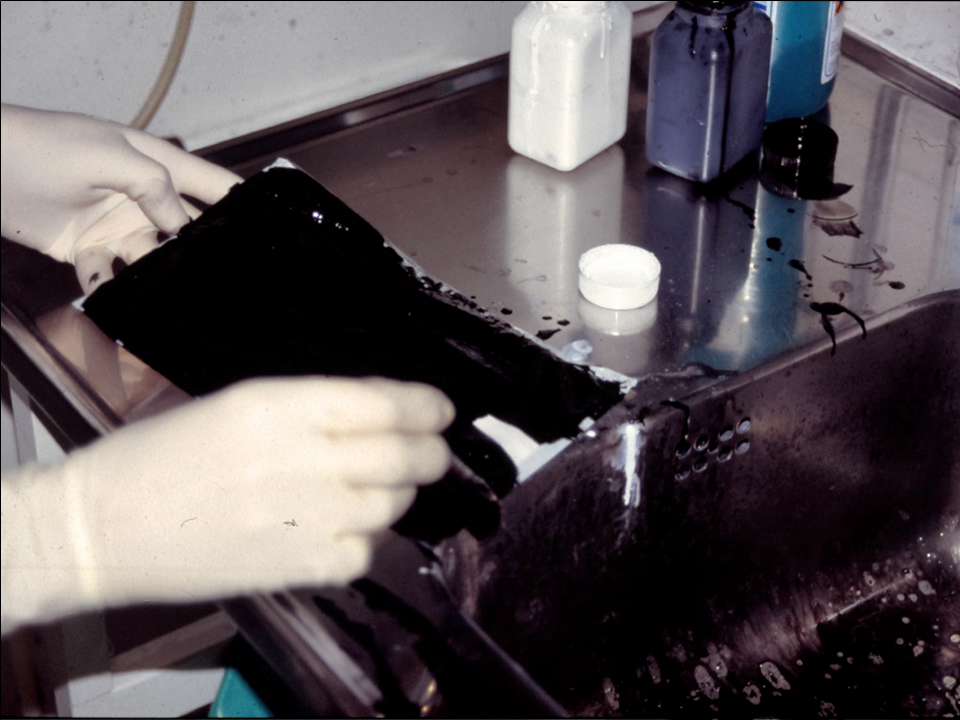
The result of the Wet Powder. The fingerprint on the envelope shows great detail finger impressions. The sticky side was treated with Wet Powder Black. One high quality print was secured.

> Rescue one Fingerprint with
Wet Powder
Fig. 1, 2 and 3 show three different fingerprints on plastic material (plastic bags), which have been developed with CNA and Basic Yellow 40. Before the development, the bags were allowed to lie in the rain for an hour or so. The impression seen in Fig. 1 shows that some parts of the impression are completely missing (spotty coverage). These “spots” lack papillary lines- The two tracks in Fig. 2 and Fig. 3 show similar partial thinning in the pattern. I think fingerprint examiners recognize these effects. It is likely that a trace exposed to water will have a certain negative impact on the trace quality after DNA development. But a reasonable question is, can really clean rainwater wash away all the substance that is in a fingerprint that was tried to develop with smoke particles from CNA.
It is likely that the CNA smoke settles on the surface of the impression and does not go down into the deeper parts of the track. Could a so-called color suspension be used for a further development attempt after the DNA development. The logical thing is that such a test should be done with a suspension of small paint particles. Wet Powder White contains titanium dioxide which has significantly smaller particles (about 1/1000 mm) when compared to carbon and iron oxide particles which are common in other suspensions. Thus, the three different tracks 1, 2 and 3 have also passed a “third attempt” with regular Wet Powder White without any special further treatment of the tracks.
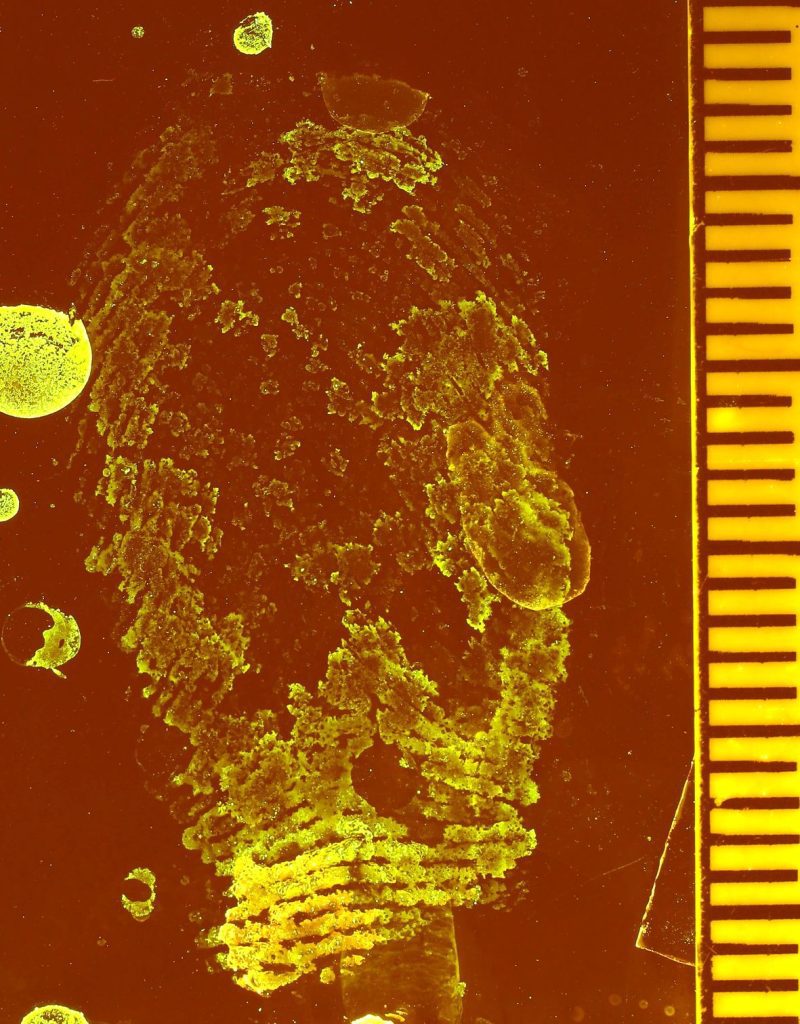
Fig 1
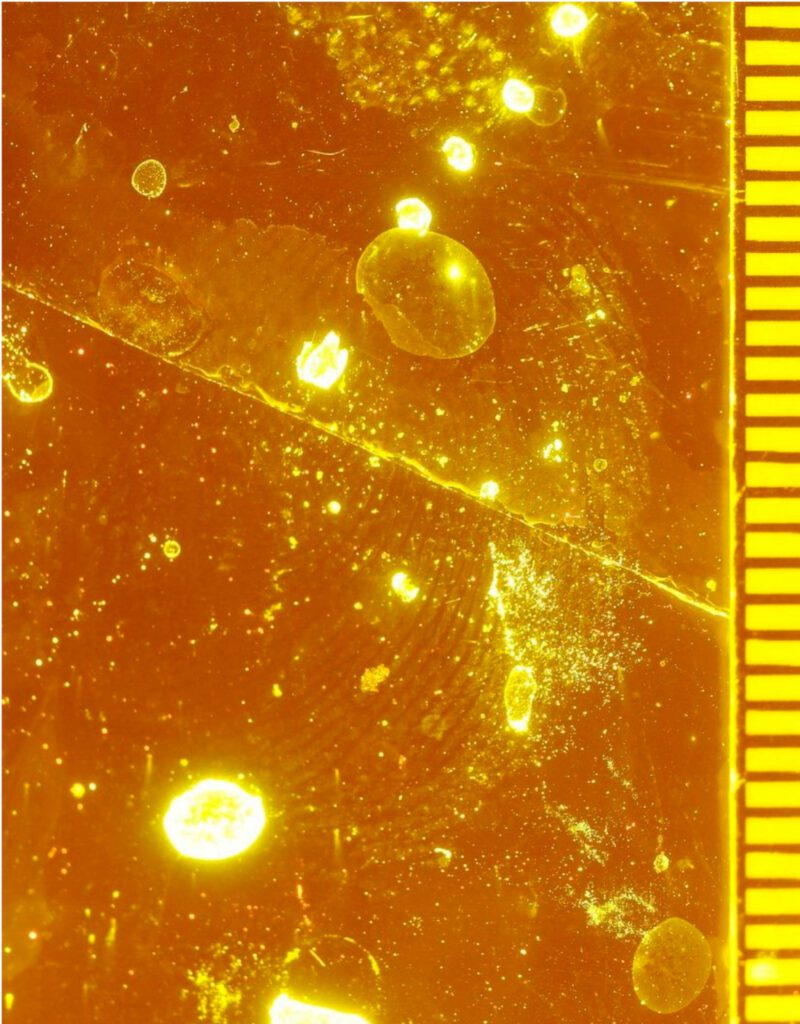
Fig 2

Fig 3
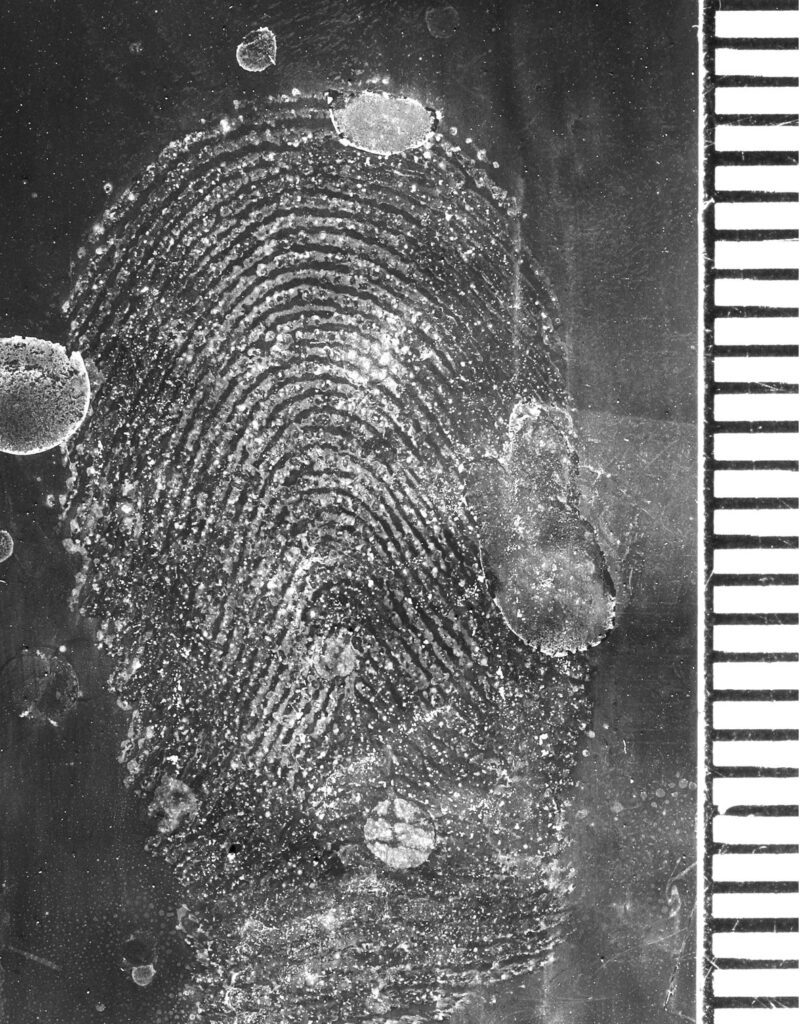
Fig 4

Fig 5
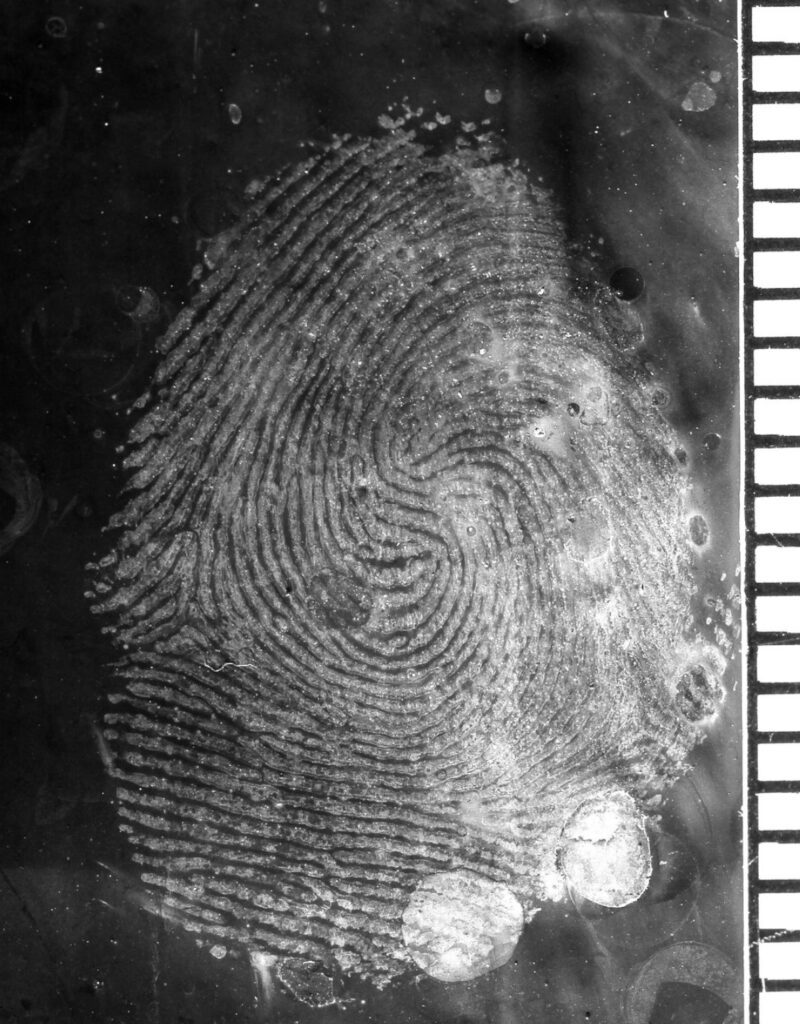
Fig 6
The result is shown in Fig. 4, 5 and 6 (Compare with 1, 2 and 3 respectively). With clarity, the tests show that marks on plastic bags left in the rain and developed with CNA and Basic Yellow 40 with barely usable quality can be “rescued” by a third attempt with Wet Powder White. Wet Powder Black, which is carbon-based and has slightly larger color particles, works worse.
Readers of this article may believe that the favorable results in described samples with Wet Powder White assume that the tracks must first be treated with CNA/Basic Yellow40 to obtain these favorable results. But it’s not. Fig. 7 and 8 show results with similar sample tracks developed only with Wet Powder White.

Fig 7
